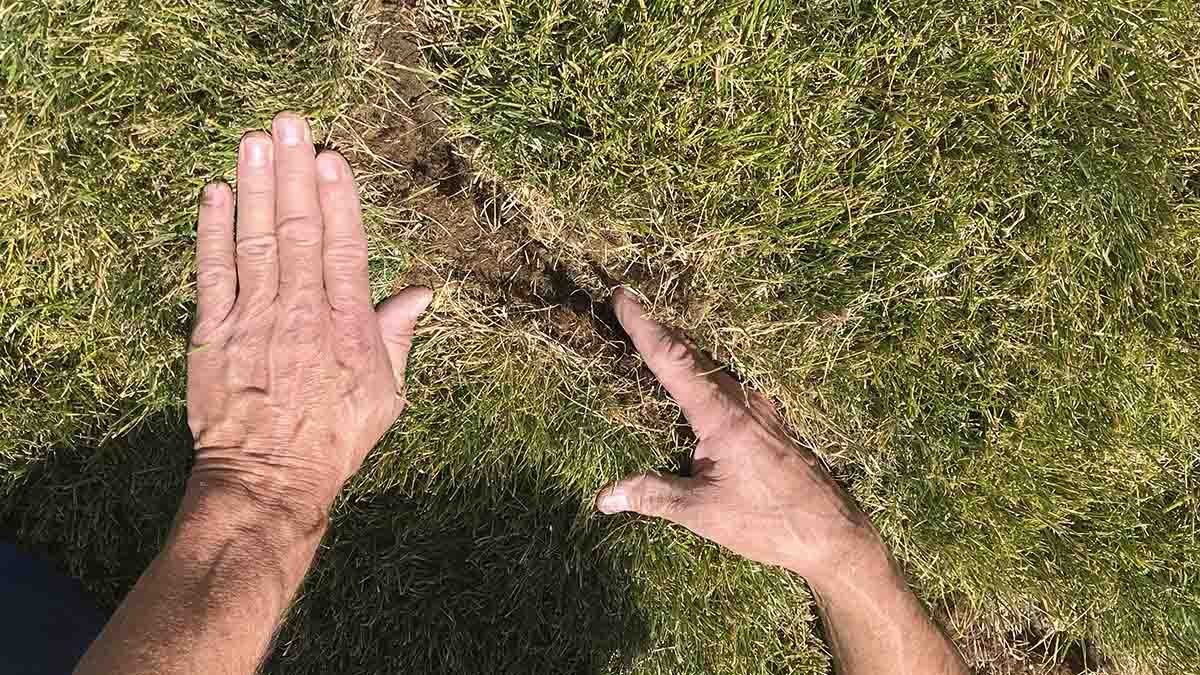Meadow Voles
Pest Common Name
- Meadow Vole (Microtus pennsylvanicus)
Problematic habitats: Pasture, rangeland, cropland, lawn
Several species of voles exist in the Pacific Northwest. It can be difficult to distinguish among them. The meadow vole, or meadow mouse (Microtus pennsylvanicus), is the most common species in pastures, rangelands, crops and lawns. Meadow voles are heavy-bodied, small rodents with short legs and tails; small, rounded ears; and coarse, blackish to grayish-brown fur with black-tipped hairs and bicolored tails. When fully grown, voles generally average 4 1/2-5 1/2 inches (11.4-14 cm) long, including the tail. Under good weather and feeding conditions, voles can reach 7 5/8 inches (19.4 cm) in length.
Biology
Voles can reproduce year-round, with a peak breeding period in the spring followed by a second, smaller breeding period in the fall. Females reach reproductive maturity in 35-40 days. They average one to five litters per year, with three to six young per litter. Gestation length is approximately 21 days.
Vole populations are cyclic and can fluctuate dramatically from year to year. During most years, voles are not a significant problem, and their populations are partially controlled by predators such as snakes, coyotes, foxes, hawks, owls and domestic cats.
If habitat is abundant and provides adequate protection from predators, weather conditions are ideal, and high-protein food sources exist, vole populations can quickly reach damaging levels. Minor peak populations occur approximately every 4-6 years, and epidemic populations occur about every 10-12 years. However, these cycles are not regular. Population explosions last about a year before the population crashes. Population explosions can result in significant economic and aesthetic losses.
Voles do not hibernate. They are active year-round but are most active in the spring and fall. They are primarily active at night but can also be seen during the day.
Voles are normally found in areas of dense ground cover. Vegetation greater than 6 inches in height, snow cover, brush piles, leaves and low-hanging tree limbs provide protection from predators. Rangeland, alfalfa and grass hayfields, pasture, orchards, and home lawns and gardens provide ideal habitat and food sources for these pests.
Voles do not like crossing bare ground and prefer cover when feeding. Feeding activity is easily recognized by the presence of shallow tunnels and runways in vegetation and by underground nests of grass, stems and leaves. Runways are approximately 1-2 inches (2.5-5 cm) wide, with an entrance hole leading underground. Grass and other vegetation may be clipped very close to the ground around frequently used runways. Voles seldom stray from their usual travel routes.
Damage
Most damage caused by voles is the result of feeding activity. Voles weigh 3-4 1/2 ounces and can eat nearly their own body weight daily. Voles damage crops by feeding on roots and stems, grass, seeds and underground reproductive structures such as bulbs and tubers (Figure 1). They damage and kill trees and shrubs by girdling and removing the bark from the trunk or stems near the base. Damage to trees and shrubs normally occurs in the winter, when voles are foraging under snow cover.
Voles can carry diseases, bacteria and other organisms harmful to humans.

Management
Habitat Modification
Habitat modification and/or population reduction strategies can prevent large population increases. Methods include the following:
- Mowing or burning ditch banks, barrow pits and fence lines
- Clearing weeds and debris from windbreaks and other affected areas
- If practical, developing weed-free cultivated buffer strips around cropland. For large acreages, this is an effective method.
- Grazing or mowing alfalfa and pasture in the late fall when plants are not actively growing
- Light tillage of field perimeters and fields
- Aluminum flashing or other materials constructed around areas of concern to serve as entry barriers
Plant Protection
You can protect trees, shrubs and flower beds by surrounding plants with netted wire. Install 3/8-inch netted wire from approximately 6 inches (15.2 cm) below soil level to approximately 6 inches aboveground.
Trapping
ln Idaho, homeowners with small infestations can trap voles with wooden mousetraps. Trap placement is crucial for optimum success. Place traps flush with the ground and at a right angle to surface runways. Use a small chain to attach the trap to a stake to prevent raptors or other predators from dragging away the vole and trap.
Predators
Owls, hawks, snakes, cats, dogs and other predators utilize voles as a food source. However, predators alone will not eliminate damage to fields, rangeland, trees or lawns, and often do not keep vole populations at an acceptable level.
Chemical Control Using Rodenticide Baits
Hand and mechanical baiting is utilized using the following rodenticide baits:
- Strychnine
- Zinc phosphide
- Anticoagulants: Clorophacinone, diphacinone
Check the PNW Bulletin 627 for rodenticide bait details.
Pesticide Warning
Always read and follow the instructions printed on the pesticide label. The pesticide recommendations in this University of Idaho webpage do not substitute for instructions on the label. Pesticide laws and labels change frequently and may have changed since this publication was written. Some pesticides may have been withdrawn or had certain uses prohibited. Use pesticides with care. Do not use a pesticide unless the specific plant, animal or other application site is specifically listed on the label. Store pesticides in their original containers and keep them out of the reach of children, pets and livestock.
Trade Names — To simplify information, trade names have been used. No endorsement of named products is intended nor is criticism implied of similar products not mentioned.
Groundwater — To protect groundwater, when there is a choice of pesticides, the applicator should use the product least likely to leach.
- Figure 1. Ronda Hirnyck, University of Idaho
Danielle Gunn, Extension Educator, Agriculture
Ronda Hirnyck, Extension Specialist, Pesticides
2023







